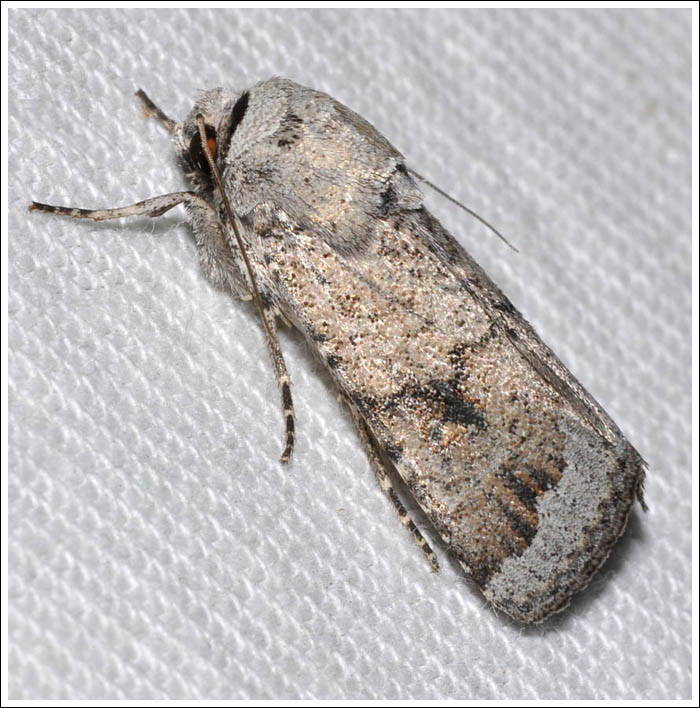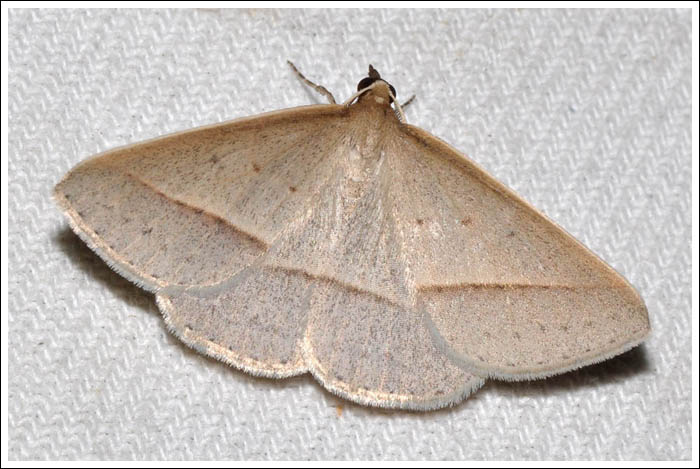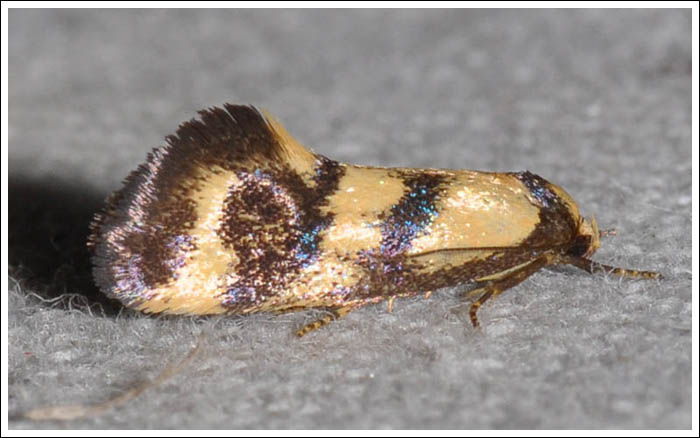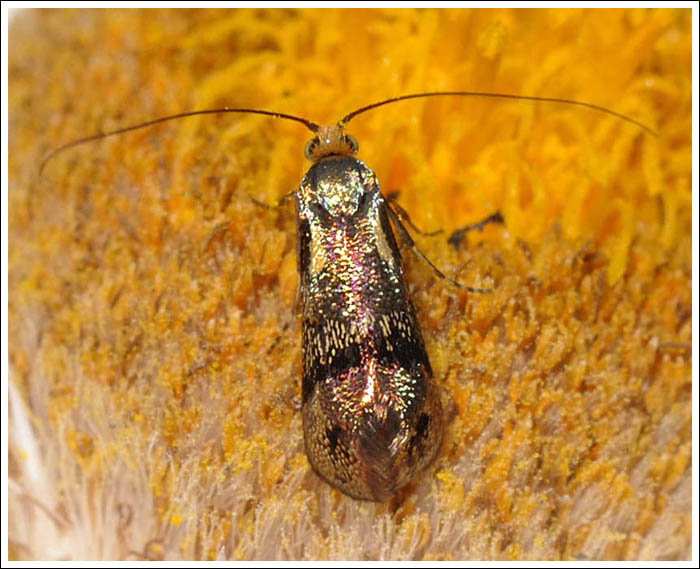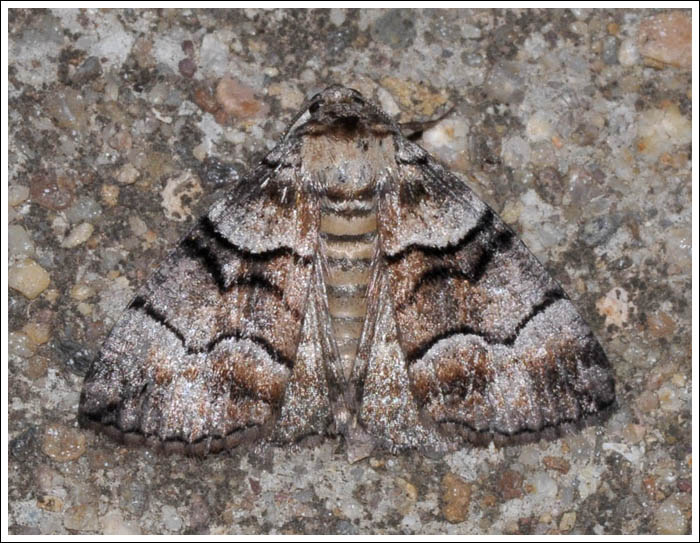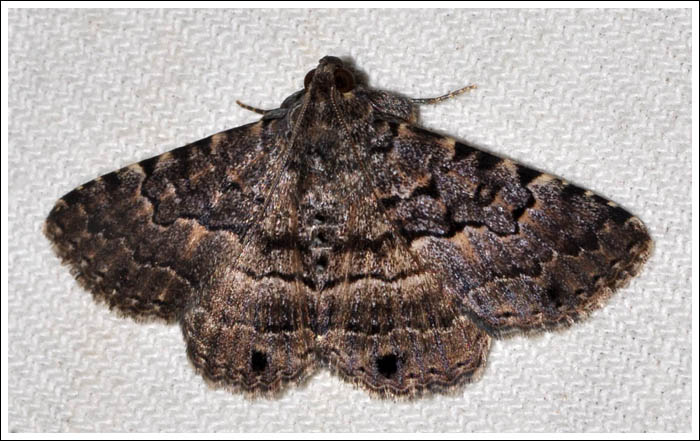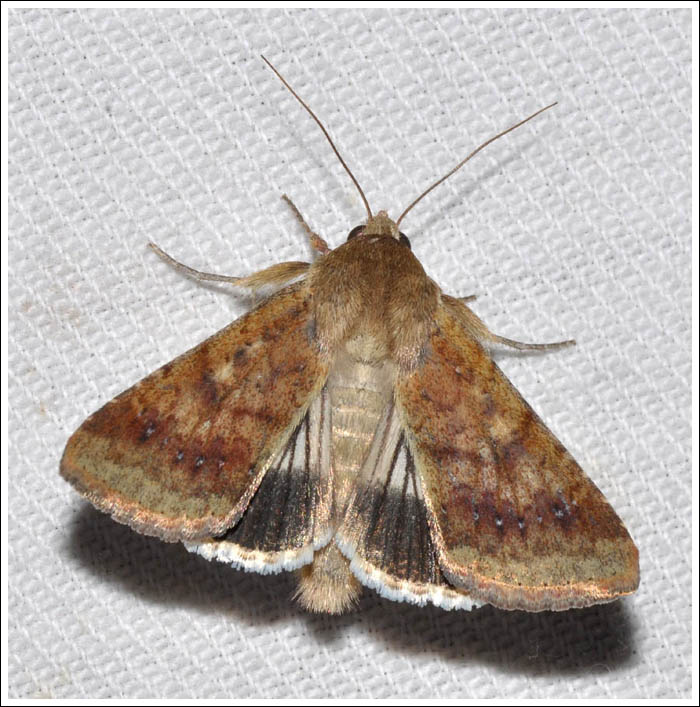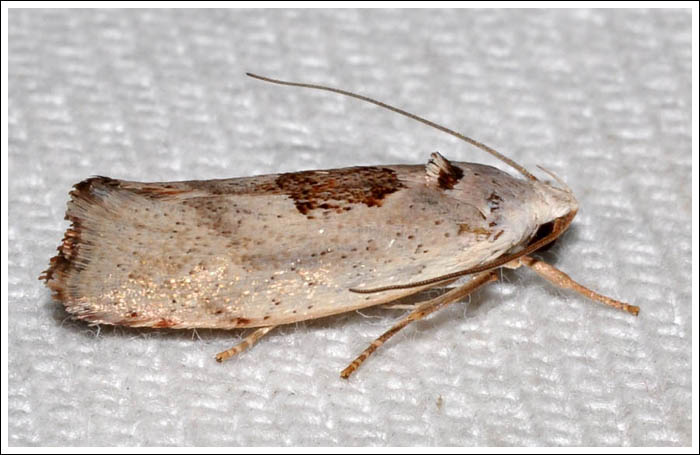A session at home, again with larger moths fairly low in numbers.
Pantydia sparsa, (Erebidae)

Proteuxoa amaurodes, (Amphipyrinae)

Proteuxoa tortisigna, (Amphipyrinae)
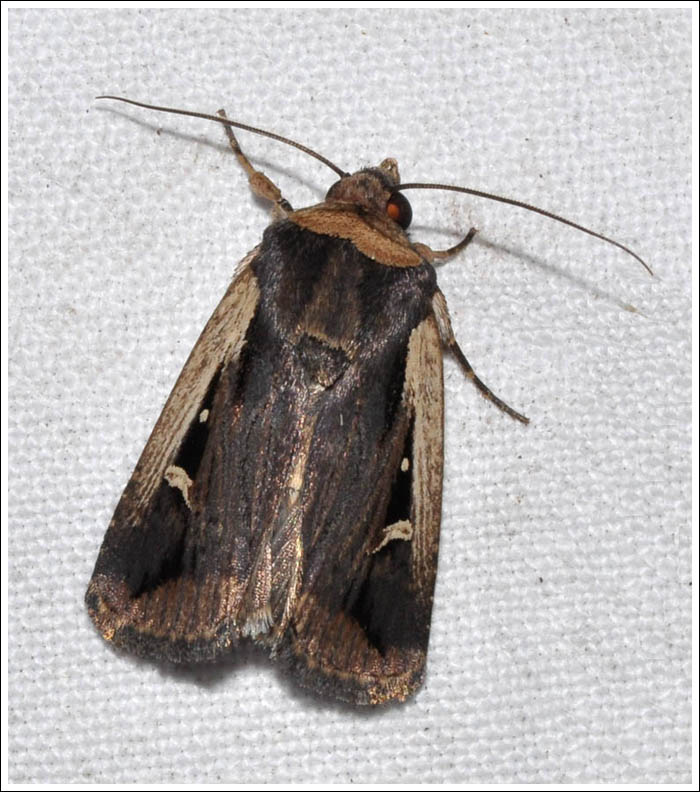
Epidesmia tryxaria, (Oenochrominae) The Neat Epidesmia, note the dark palpi.
Spilosoma curvata, (Arctiinae) the common name only becomes obvious when the moth is in flight, seen here fluttering up the sheet.

Anthela acuta, (Anthelidae).
Going down in size, Dichromodes MOV sp(4) also recorded previously at home.
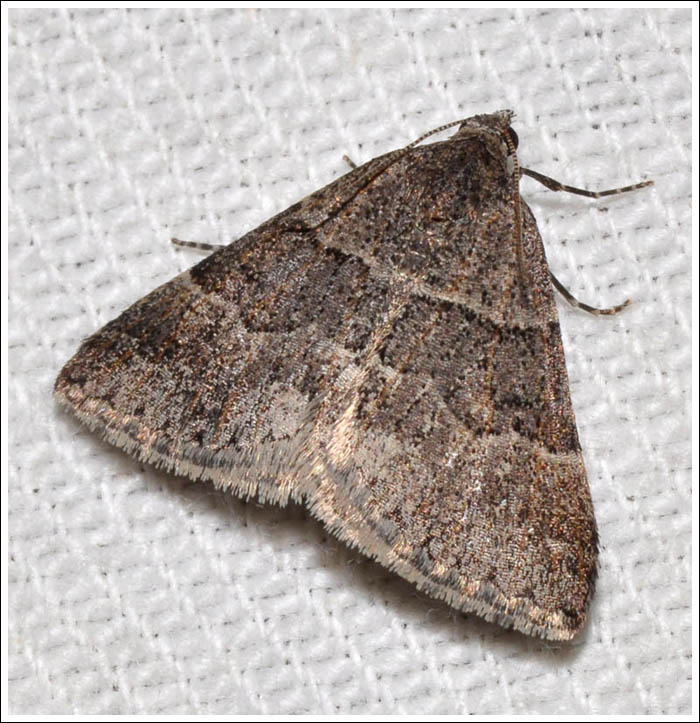
Hednota pleniferella, (Crambidae)
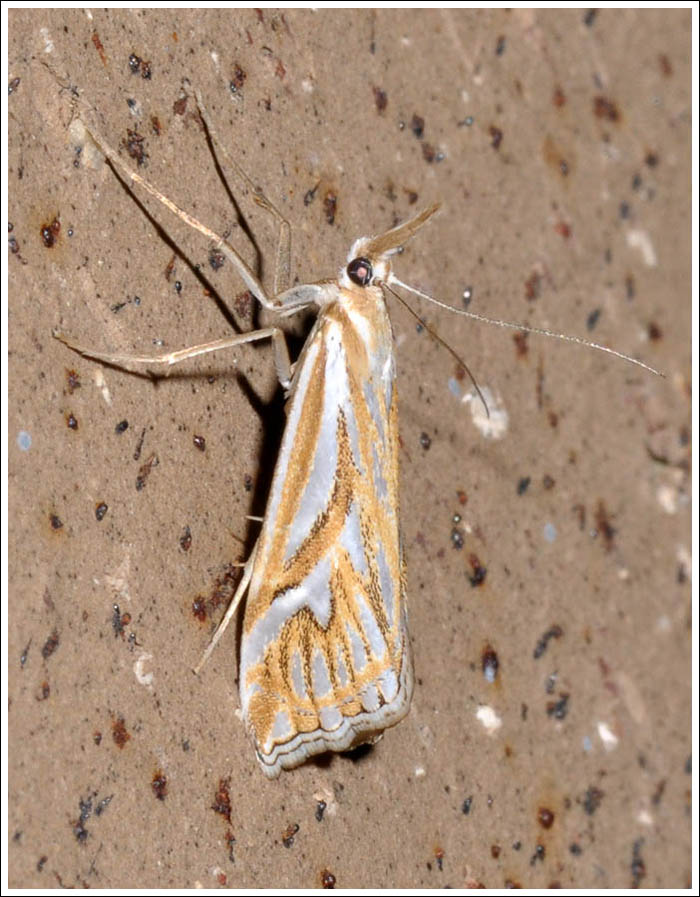
Olbonoma triptycha, (Oecophoridae) several worn specimens to the light, this one was in pristine condition.
From small to even smaller. A check of the sunlit Xerochrysums revealed a tiny moth that when displayed on the monitor showed itself to be a first, a Fairy Moth, family Adelidae. A check online gives the genus as Nemophora, the species is as yet unclear. A brilliant little moth with the long antennae typical of the family.

Some images will enlarge with a click.

